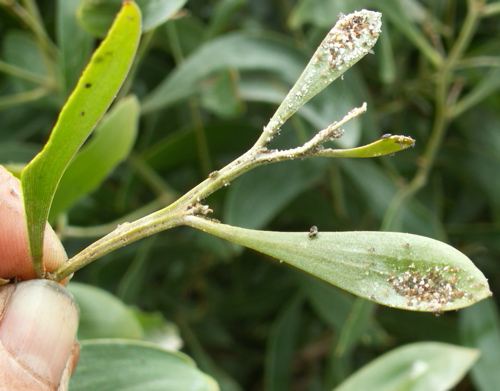
>
We interrupt this beaver broadcast for the new alarming tale of Wildlife Services from reporter Thomas Knudson, who contacted me before last year’s beaver festival and wanted to talk about APHIS statistics on beaver killing. He sent several FOIA reports he had obtained and wanted to talk about the parts of California where the most beaver are recourringly trapped. Later he visited Mary and Sherry of the Sierra Wildlife Coalition to talk about bears! Then he toured Elk Grove and learned all about their beaver contracts, which prompted this oblique article when I was dying to be able to talk about his discoveries. Without further ado, let’s go grimly onto the first of Knudson’s three part article.
Since 2000, its employees have killed nearly a million coyotes, mostly in the West. They have destroyed millions of birds, from nonnative starlings to migratory shorebirds, along with a colorful menagerie of more than 300 other species, including black bears, beavers, porcupines, river otters, mountain lions and wolves.
And in most cases, they have officially revealed little or no detail about where the creatures were killed, or why. But a Bee investigation has found the agency’s practices to be indiscriminate, at odds with science, inhumane and sometimes illegal.
Got your attention? Good, it should. Go read the entire, chilling article and brace yourselves for part two and three. One of the things that most interested Tom in our discussions was the ‘accidental’ killing of otter that occurs by the thousands when placing traps for killing beavers ‘on purpose’. I connected him with our new friends at the River Otter Ecology Project to chat about its implications.
“We pride ourselves on our ability to go in and get the job done quietly without many people knowing about it,” said Dennis Orthmeyer, acting state director of Wildlife Services in California.
Basic facts are tightly guarded. “This information is Not intended for indiscriminate distribution!!!” wrote one Wildlife Services manager in an email to a municipal worker in Elk Grove about the number of beavers killed there.
Just ONE of the many comments that got my attention in the paperwork he sent me. I’m sure there were memos of a similar nature circulated in our city, lo these many years ago. Probably circulated still with a big red underline when some yearling turns up in a tributary nearby.
Armadillos, badgers, great-horned owls, hog-nosed skunks, javelina, pronghorn antelope, porcupines, great blue herons, ruddy ducks, snapping turtles, turkey vultures, long-tailed weasels, marmots, mourning doves, red-tailed hawks, sandhill cranes and ringtails. Many are off-limits to hunters and trappers. And some species, including swift foxes, kit foxes and river otter, are the focus of conservation and restoration efforts.
“The irony is state governments and the federal government are spending millions of dollars to preserve species and then … (you have) Wildlife Services out there killing the same animals,” said Michael Mares, president of the American Society of Mammalogists. “It boggles the mind.”
One critical loss occurred two years ago when a wolverine, one of the rarest mammals in America, stepped into a Wildlife Services leg-hold trap in Payette National Forest in Idaho. It was the third wolverine captured in agency traps since 2004 (the other two were released alive.) “Shot wolverine due to bad foot,” the trapper wrote in his field diary, which The Bee obtained through the Freedom of Information Act.
“Oh my God, that is unbelievable,” said Wendy Keefover, a carnivore specialist with WildEarth Guardians, an environmental group in Colorado. “Wolverines are a highly endangered mammal. There are very few left. Each individual is important.”
Goodness, go read the whole article, including the accidental trapping of pets and the instructions to remove collars from dogs in cities and bury them quietly. Then plan on getting very, very angry. Jimbob, Bubba and Vern obviously knew his article was coming because they commented on its liberal ‘everything hugger’ elements early on. Add your informed comments to the mix, because we saw what happened in elk grove and we know what happened to the acorn woodpeckers at Rossmoor. Oh, and in your travels, don’t forget to check out the amazing interactive map.
 Don’t forget Part B of the article about all the otters that are accidentally killed in beaver traps! I can think of a GREAT way to make sure that never happens again!
Don’t forget Part B of the article about all the otters that are accidentally killed in beaver traps! I can think of a GREAT way to make sure that never happens again!
No podcast today either, as my sadly limited time to keep prompting interviewees (who have agreed to do it but just keep postponing) has offically dried up. There are three more interviews I wish I could still do, and if they work out you’ll be the first to hear. But we’re in alarming beaver festival preparation season now and we have an event with 20,000 girl scouts coming up next week so lucrative radio career will have to wait.


![APHIS[1]](https://www.martinezbeavers.org/wordpress/wp-content/uploads/2011/08/APHIS1.jpg)





































